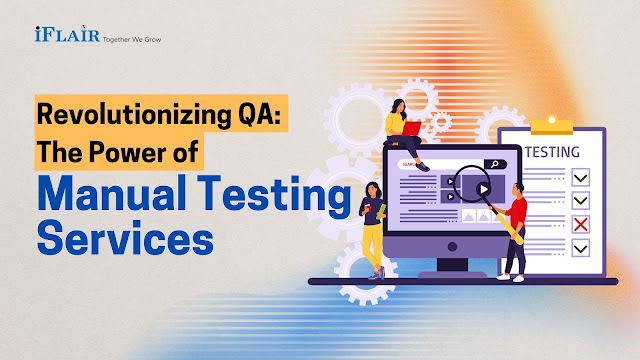Revolutionizing QA: Unleashing the Potential of Manual Testing Services
In the realm of software development, ensuring product quality is paramount. Despite the surge in automated testing, the significance of Manual Testing Services remains irrefutable. Manual QA Testing Services serve as the bedrock, providing a meticulous and nuanced approach to verifying software functionality, user experience, and overall performance.
The Essence of Manual QA Testing Services
Manual QA Services encompass a hands-on, human-centric approach to testing software applications. These services involve skilled QA professionals who meticulously examine the software, mimicking real-user scenarios, to uncover bugs, inconsistencies, and usability issues that automated tests might overlook. The nuanced insight brought by manual testers complements automated testing methodologies, ensuring comprehensive software quality.
The Value Proposition of Manual Software Testing
Manual Software Testing goes beyond mere bug identification. It delves deep into the user interface, experience, and functionality, ensuring that the end product aligns with user expectations. This approach not only identifies defects but also enhances user satisfaction and loyalty by delivering a seamless software experience.
Key Benefits and Solutions Offered by Manual QA Testing
Precision in Testing: Manual QA Testing allows for detailed examination, catching nuanced bugs that automated tests might miss.
User-Centric Approach: By simulating real-user interactions, manual testing ensures that the software resonates with the end-users' needs and preferences.
Comprehensive Testing: Manual testing solutions cover diverse scenarios, ensuring a broader spectrum of test coverage.
Usability Testing: Detailed usability checks ensure the software's intuitiveness and ease of use.
Challenges and Mitigation Strategies
While Manual QA Testing Services offer substantial benefits, they do come with challenges. The time and effort required, along with the potential for human error, can be daunting. However, integrating automated testing for repetitive tasks, employing skilled QA professionals, and optimizing testing processes mitigate these challenges, enhancing the overall efficiency of the QA process.
The Future of Manual QA Testing
Despite the rapid advancements in automation, Manual QA Testing Services retain their significance. The future envisions a harmonious integration of manual and automated testing, leveraging the strengths of both to ensure unparalleled software quality.
In conclusion, Manual QA Testing Services stand as an indispensable pillar in the software development lifecycle. Their ability to uncover intricate issues, prioritize user experience, and ensure comprehensive testing makes them invaluable. As technology progresses, the synergy between manual and automated testing will shape a new paradigm, elevating the quality and reliability of software products to unprecedented levels.




Comments
Post a Comment